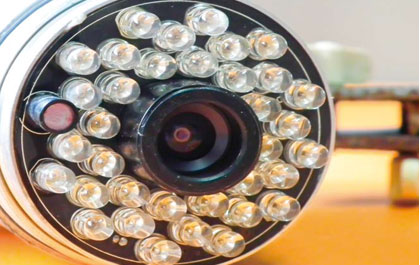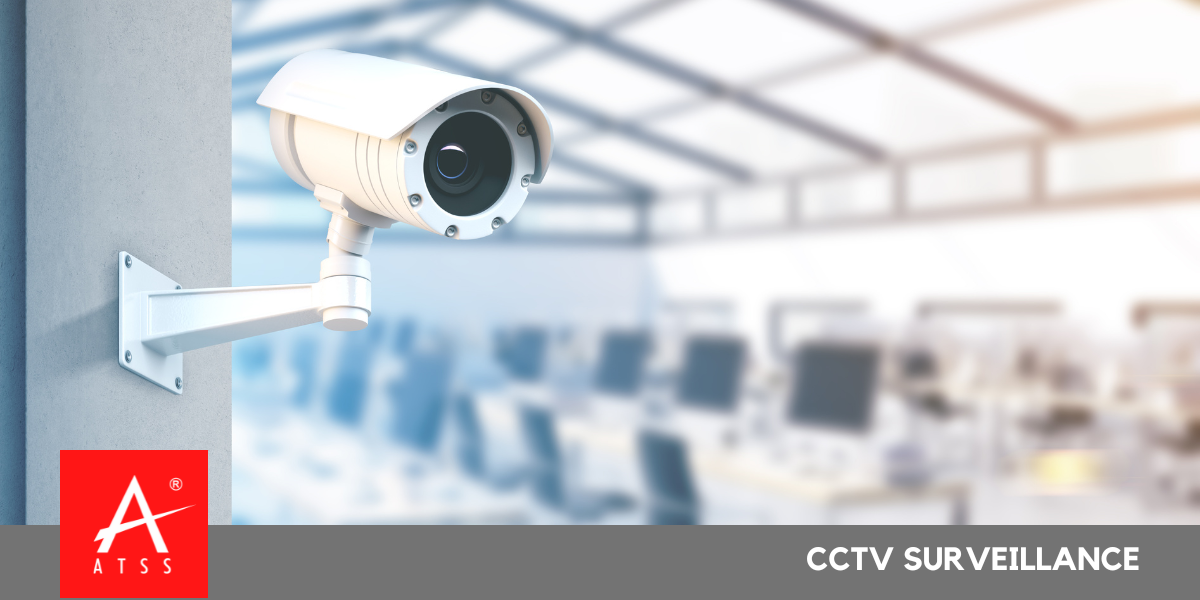CCTV Surveillance IR and Low-Lux Camera : Rules for Selecting IR and Low-Lux Products

The comprehensiveness of a complete, well-designed system depends on the appropriate selection of IR and night-vision surveillance products. Thorough consideration of the camera and its peripheral products — such as IR lights, lenses, protective cover, and power supply — is required prior to determining whether or not IR illuminators would be compatible with the products and/or affect the quality of the images.
The following section provides some guidelines to ensure product compatibility, as well as ensure the safety of those installing the products.
Paying attention to the camera’s aperture
Aperture size is decreasing and the market currently provides a range of 1/1.8” to 1/4”. The aperture size determines the amount of light that can pass through the lens and reach the image sensor — a larger aperture allows for more exposure, while a smaller one allows for less. Another thing worth paying attention to is the lens, as the focal length and aperture size are inversely proportional. For example, lenses of 4mm can achieve an aperture of f1.2 to1.4, but lenses of 50mm to 200mm can only achieve a maximum aperture of f1.8 to 2.2. Consequently, this affects light exposure, and when used with an IR filter, can also affect color accuracy.
Identifying cameras that require low-light features
A camera’s minimum illumination rating specifies the lowest threshold of lighting conditions for it to record video/ images of viewable quality. Camera manufacturers will specify the lowest f-stop for different apertures, which is also the camera’s minimum illumination or sensitivity rate. If the camera’s minimum illumination rate is higher than the IR illuminator’s spectrum, the effective distance will be affected, resulting in inadequate projection area. The resulting image will be one of a bright center surrounded by darkness. Hence, whether or not the camera is truly a low-lux camera is an important deciding factor for low-light surveillance.
Considering the options of black/white cameras or day/night, color/monochrome cameras
Aside from the camera’s built-in low-light capabilities, the CCD sensor also has a wide spectrum range, making it sensitive to both visible and IR light.
Hence, it is capable of providing a clear monochrome image in both low-light and nighttime conditions. When used with a day/night, black/white camera, it is able to transmit signals in color. The CCD sensors separate signals into the primary colors of red, blue, and green to create a color image output within the visible light spectrum. Current technology makes it possible to digitally set day/night, color/monochrome sensitivity to IR lights.
Hidden requirements when setting up low-light and night-vision surveillance
A skillful application of masking technology will allow IR lights to only cover the area, building, or infrastructure that requires surveillance, and prevent light from escaping and disturbing the community, or creating light pollution in the recorded images/video. Optical sensing lights that are either sensitive to light or sensitive to heat can be set to be triggered only when ambient light falls below critical levels, or when someone suspicious approaches.
High-Speed positioning of IR cameras
CCD cameras are decreasing in size and lenses are, in turn, becoming increasingly sophisticated. They now feature multiple focal and distance settings. The decreasing size and weight of cameras and lenses allows the camera mount to be more flexible. It is now possible to preset the angles and positions, such as PTZ and IR camera features. When used in conjunction with IR cameras or IR illuminators and various preset triggers, it is possible to set IR night-vision cameras to point at the scene in question in “real time.”
Compatibility between cameras and lenses
Cameras are generally equipped with automatic shutter modes and AES and AGC features. These features can supplement night-vision recording and other end-user requirements.
Another requirement of night-vision surveillance is that the lenses should have automatic aperture modes so that it can automatically adjust to the light differences between day and night.
Camera power supply requirements
Front-end power supply of the surveillance system should be unified. When IR illumination is used, considerations include IR lights, IR LED, and the current and voltage of the power supply. The distance of the cable also affects the system since currents weaken over transmission distance. If there are a lot of IR lights far away from the main power supply, using a central power supply of DC12V may cause the voltage of the lights closest to the power supply to be overly high, while those farther out are considerably weaker. In addition, fluctuations in voltage may shorten the lifespan of IR lights. At the same time, when the voltage is too low performance may be affected due to inadequate light and distance projection. Hence, it is recommended to use a power supply of AC240V, as DC voltage fluctuations between AC100V-240V ensure a stable power output and stable performance of IR lights.

